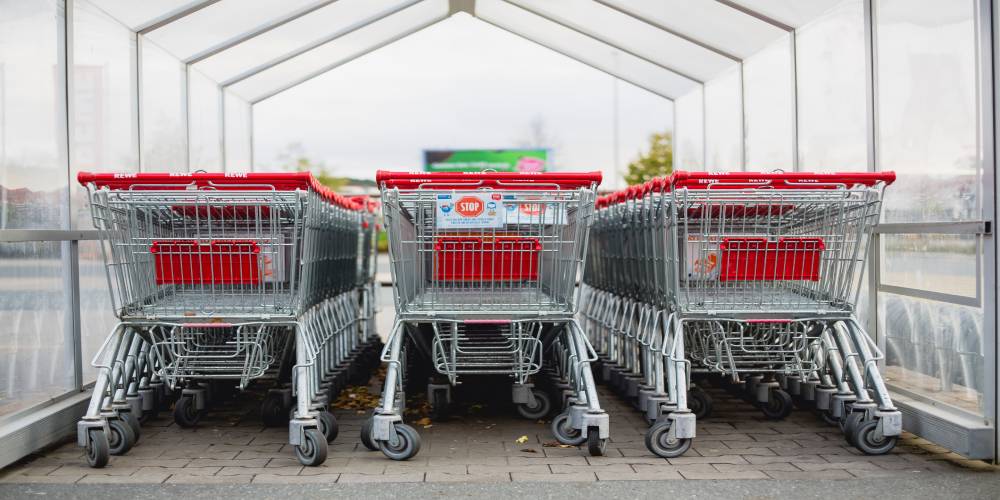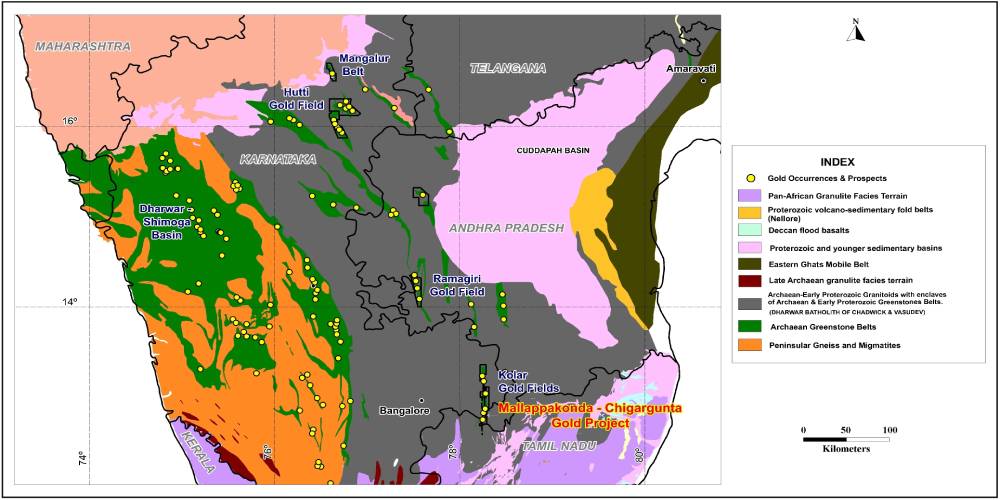US retail sales showed a strong year-over-year gain in February, but the monthly pace slowed compared with January as inflation drove up prices and lingering effects of the Covid-19 omicron variant affected the supply chain, the National Retail Federation (NRF) said.
“Retail sales data continues to show impressive consumer resilience,” NRF President and CEO Matthew Shay said. “Despite all that’s been thrown at them including inflation, supply chain constraints, market volatility and significant geopolitical events, consumers remain able and willing to spend. Retailers are nimble and are dedicated to serving their customers with great experiences, great products and services at the best possible prices they can.
“Our outlook remains constructive, with solid retail sales growth for all of 2022 increasing by 6-8%. Consumer financial health can continue if current pressures in the economy are moderated by sound policy decisions that do not compound the challenges our economy is already facing.”
The U.S. Census Bureau said overall retail sales in February were up 0.3% seasonally adjusted from January and up 17.6% year-over-year.
“February retail sales reflected continued strong labour market conditions but were certainly affected by higher consumer prices,” NRF Chief Economist Jack Kleinhenz said. “With the highest levels in 40 years, there is no doubt continued increases in inflation are hitting household purchasing power and likely restraining spending. We shouldn’t be surprised by the slower pace of sales given that purchases had surged in January and the upward revisions made to those numbers.
“And the double-digit year-over-year increase was expected given that much of the economy was still in stay-at-home mode a year earlier. February’s sales are another sign of the economy’s resilience, but the conflict in Europe is an increasing headwind that could dampen spending around the globe.”
WGC Sees Potential To Kick-start Gold Mining In India
A new World Gold Council (WGC) report titled ‘Gold Mining in India’ highlights the Indian gold mining industry’s potential and explains that its growth has been hampered by legacy processes and under-investment. Despite India being one of the world’s largest consumers of gold, the mining market operates on a small scale and is not an easy one to enter, WGC noted.
In 2020 India’s gold mine production was just 1.6 tonnes. India’s current resources, when compared to production and resource levels in other countries, could reasonably be expected to support annual output of approximately 20 tonnes per year in the longer term, it said. Should such a level be reached, it would generate almost $50 million in revenue per year for India from royalty payments at current gold prices. Royalty rates from primary gold production in India are set at 4% of the LBMA gold price.
Somasundaram PR, Regional CEO, India, World Gold Council, commented, “Given that India is one of the world’s largest gold consuming countries, it makes sense for it to develop mining capacity. But change is needed for this to happen, legacy hurdles must be reduced considerably, and investments encouraged. There are promising signs in recent years with the changes to the Mines and Minerals (Development and Regulation) Act and introduction of National Mineral Policy and National Minerals Exploration Policy. If this trend continues India’s, mine production is expected to increase in coming years. That said, we see this materialising only over the longer-term as potential investors will, for the foreseeable future, wait to see how successfully the new policies will be implemented and how effective they will be.”
According to the Ministry of Mines, India’s current defined gold reserves total 70.1 tonnes and 88% of India’s gold reserves are in the state of Karnataka; a further 12% are situated in Andhra Pradesh and an insignificant amount (less than 0.1 tonne) are found in Jharkhand.
Somasundaram added, “Gold mining has the potential to provide significant sustainable socio-economic development for India, not just through investment in exploration of and mining for gold, but also through the legacy of training a skilled workforce. Furthermore, mining helps to bring infrastructure investment to a region, initiating and supporting associated service industries, many of which often persist long beyond the working life of the mine. It is only when investors can see real evidence of India managing its gold mining assets more efficiently that we can expect inward investment to emerge. And at that point, the country’s gold mining sector will enjoy a much brighter future.”
The report states that the three problematic areas in the development of the gold mining are regulatory challenges, taxation policies, and inadequate infrastructure.
This would also provide direct employment for an estimated 3,000-4,000 people in addition to those currently employed in the industry.


